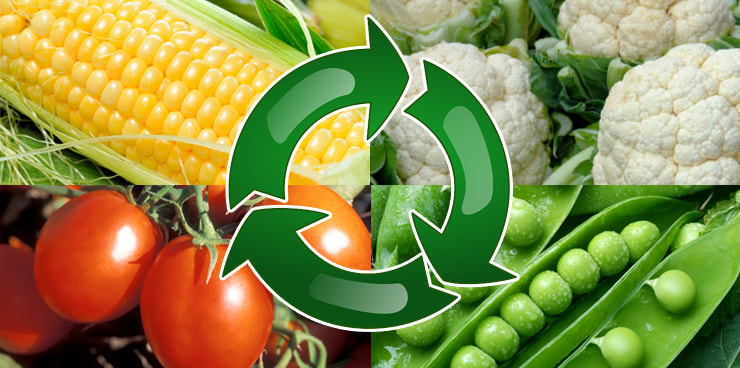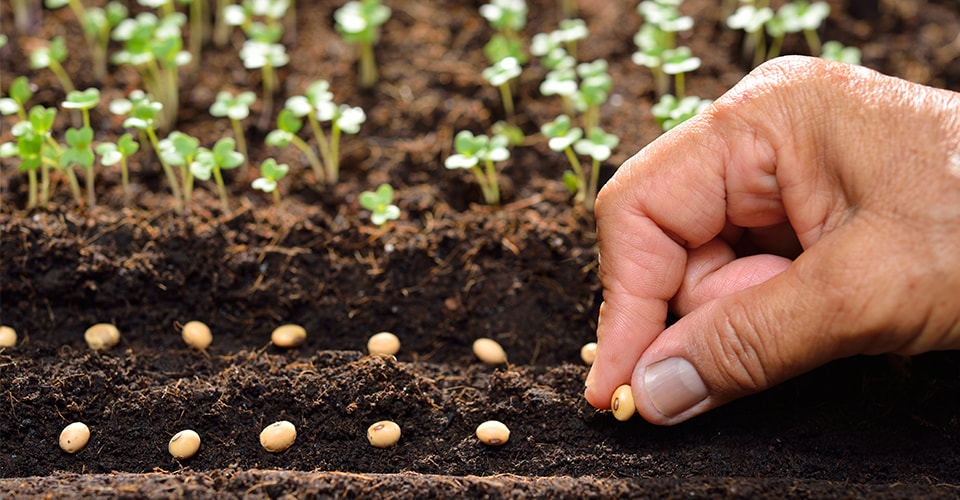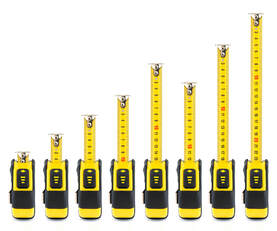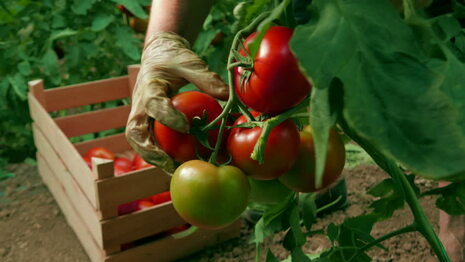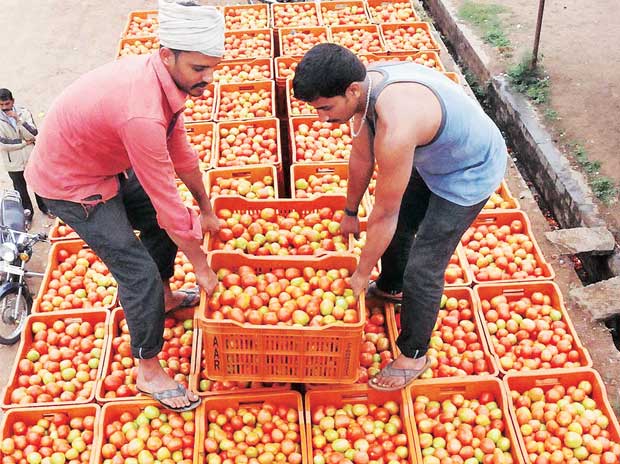Quick Reference
When to Start |
Early to mid spring
|
Crop Rotation |
Avoid planting kale in the same spot that broccoli, cauliflower, or any member of the cabbage family grew in the previous year.
|
How To Plant |
Direct sow seeds 1/4" deep in rows spaced 18" apart
|
Spacing and Support |
Plant seeds 12-18" apart
|
When to Harvest |
When leaves are 3"-6" long. Any bigger than that they become tough and bitter.
|
Storage |
Will stay good for a week or so in the vegetable crisper but it's better to only cut what you need and eat it fresh
|
All summer long the kale is basically a decoration in our garden. We'll toss some in an occasional salad and that's about it. But later as the fall goes on and other plants start to die, the kale gets stronger. Before you know it kale is in every other meal as the last man standing in that year's garden fight to the death. Kale will tolerate outdoor temperatures as low as 15 degrees and with a cold frame or unheated greenhouse could be kept going all winter long. When you combine all the health benefits of kale with the fact that it's so easy to grow and will be there long after the rest of the garden has passed, you really should consider adding a small block of it to your garden plans this year.
When To Start |
Kale is extremely cold tolerant at the end of the season but will need a little bit or warmth to get going. Seeds will germinate when the soil is between 45-95 degrees, and optimal growing temperature is 60-65 degrees. Have we ever actually considered the soil temperature? No, we haven't. After 6 months locked inside I'm getting my garden going as soon as humanly possible. We usually plant kale with the early spring crop and even though that might be a bit too soon it still lasts into the winter.
|
Crop Rotation |
Avoid planting kale in the same spot that broccoli, cauliflower, or any member of the cabbage family grew in the previous year.
Click here to read about crop rotation and why it is so important It's important to not only avoid planting the same crop in the same spot 2 years in a row, but you also have to avoid plants in the same family as they typically draw on the same nutrients and have issues with the same pests. Click here to learn more about plant families and find a chart showing which ones are related. |
How to Plant |
Direct sow seeds right into the garden when the time comes. Seeds should be planted in very shallow dirt, about 1/4" below the surface.
Seeds are very tiny so its easy to drop 2 or 3 when you're only trying to plant 1. It's no big deal, just keep this in mind that you might have to thin out a few strays eventually to allow each plant to grow to its full potential. |
Harvesting |
Leaves will be ready for harvest when they are 3-6 inches long. There are many different varieties of kale that come in all shapes and sizes so this isn't an exact rule by any means. Generally speaking, the smaller the leaves are the better they taste. Clip off the largest outer leaves and the plant will continue producing new young leaves from the center all season long.
You can and should start picking kale as soon as it's big enough, but it does taste better in the fall when cool nights and a nip of frost give it a better flavor. |
What to do with way too many of them |
Once kale becomes overgrown the best place for it is probably the compost pile. Older/larger leaves are tough and bitter.
If you have a lot to harvest and want it to last longer than a week in the fridge, you can freeze it to use as a broccoli substitute in soups and stir-frys all winter long. |

